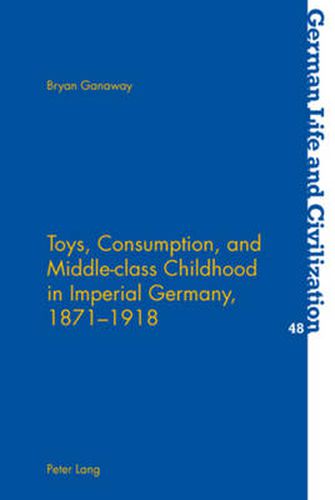Readings Newsletter
Become a Readings Member to make your shopping experience even easier.
Sign in or sign up for free!
You’re not far away from qualifying for FREE standard shipping within Australia
You’ve qualified for FREE standard shipping within Australia
The cart is loading…






Drawing on a variety of techniques from history, anthropology and literary criticism the author argues toy consumption helped adults negotiate the transmission of middle-class values regarding modernity, technology, gender roles and nationalism to their children. Practices of consumption permitted self-fashioning from above and below; women used their control over childhood to insert themselves into political debates about the future shape of the nation at a time when they lacked the vote. Although the project to build a middle-class utopia via shopping never succeeded, millions of Germans happily bought toys at Christmas and birthdays showing their faith in the ability of modern society to make the world a better place. To understand why ordinary consumers made these choices, the book draws on a variety of sources including periodicals, trade journals, advertisements, pedagogical literature, memoirs, and toys.
$9.00 standard shipping within Australia
FREE standard shipping within Australia for orders over $100.00
Express & International shipping calculated at checkout
Drawing on a variety of techniques from history, anthropology and literary criticism the author argues toy consumption helped adults negotiate the transmission of middle-class values regarding modernity, technology, gender roles and nationalism to their children. Practices of consumption permitted self-fashioning from above and below; women used their control over childhood to insert themselves into political debates about the future shape of the nation at a time when they lacked the vote. Although the project to build a middle-class utopia via shopping never succeeded, millions of Germans happily bought toys at Christmas and birthdays showing their faith in the ability of modern society to make the world a better place. To understand why ordinary consumers made these choices, the book draws on a variety of sources including periodicals, trade journals, advertisements, pedagogical literature, memoirs, and toys.